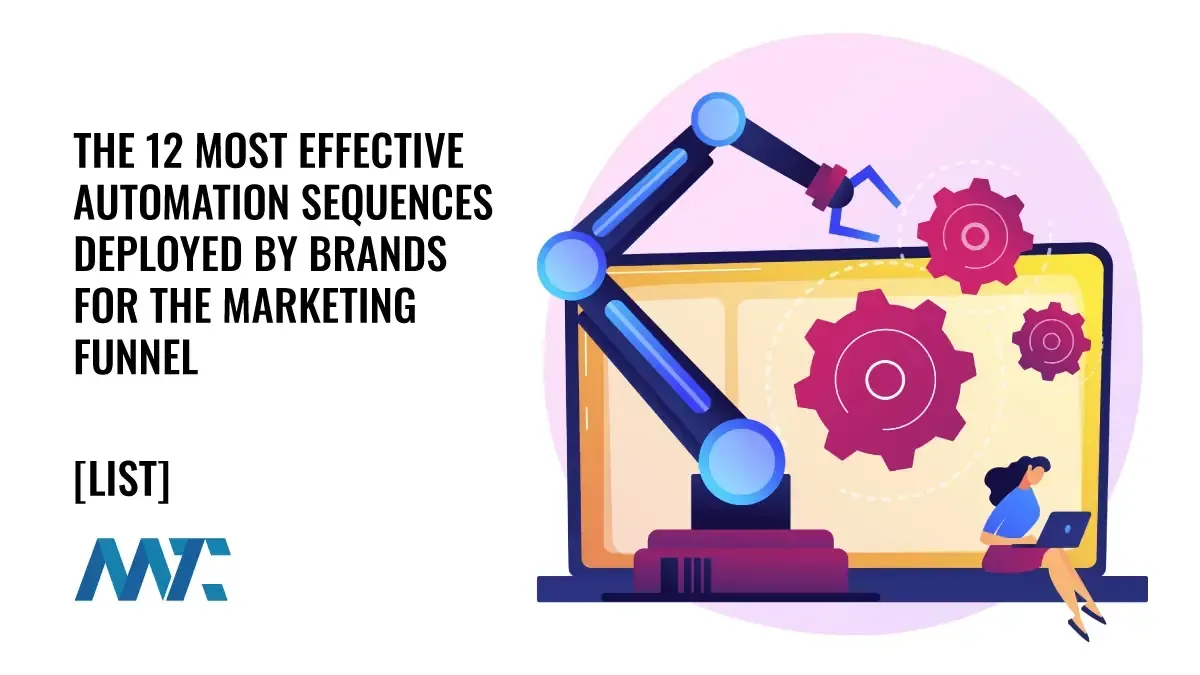People fascinate me. Give them a fantastic marketing message with a discount, and they’ll walk away, but allow them the opportunity to win a badge on their profile page, and they’ll fight for it. Years ago, I remember being distraught at losing a mayorship at my business location on a popular social media site—a valueless prize, but I was still bothered.
What is Gamification?
Gamification is the process of applying game-like elements and mechanics to non-gaming contexts. It integrates features such as point scoring, competition, achievements, and rewards to engage users and influence their behavior. The goal is to leverage the innate human love for games and competition to create more engaging and motivating experiences. Some common gamification techniques include:
- Points and leaderboards
- Levels and progression systems
- Badges and achievements
- Timed challenges
- Virtual rewards or perks
These elements tap into fundamental psychological drivers, making tasks that might otherwise feel routine or unenjoyable feel more rewarding and engaging.
The Psychology Behind Gamification
Gamification capitalizes on psychological principles to encourage users to remain invested in completing tasks, achieving milestones, or competing with others.
- Intrinsic Motivation: Gamification enhances intrinsic motivation—doing something for its inherent satisfaction rather than for external rewards. Tasks structured as games often appeal to individuals’ sense of curiosity, mastery, and achievement. The pleasure derived from leveling up or achieving a milestone keeps people engaged without needing to offer material incentives.
- Dopamine Release: Games trigger the brain’s reward system, releasing dopamine when users complete challenges, earn rewards, or make progress. This neurochemical reaction creates a “feel-good” response, encouraging users to continue the activity to experience further rewards.
- Social Comparison: Leaderboards and competitive features tap into social comparison theory, where people evaluate themselves based on how they stack up against others. This motivates users to improve their performance to gain status or recognition within a group, driving continuous engagement.
- Goal-Oriented Behavior: Gamification structures behavior through clear goals, tasks, and feedback loops. When individuals are given concrete targets, like progressing to the next level or unlocking a badge, they become more focused and determined to achieve those objectives, which leads to increased time spent on the task.
- Mastery and Progress: Games’ progression element appeals to the human desire for growth and improvement. As users master skills or move to higher levels, they gain a sense of competence, boosting self-esteem. The concept of “flow,” a state of deep engagement and focus, is often achieved when challenges are well-matched to a person’s skill level, balancing difficulty with reward.
- Loss Aversion: Gamified systems often include timed challenges or limited-time rewards, leveraging the psychological principle of loss aversion. People are generally more motivated to avoid losing something than they are to gain something. This can drive urgency and prompt quicker action.
Gamification builds engagement by appealing to basic human needs for autonomy, competence, and relatedness, making even mundane activities more interactive and rewarding.
Bunchball
Bunchball is one of the players out on the market that helps marketers implement gamification tactics with their sites and applications. Enterprise organizations use Bunchball to integrate high-value participation, engagement, loyalty, and revenue. Bunchball’s gamification platform is a highly scalable and reliable cloud-based service for gamifying websites, social communities, and mobile applications. Bunchball has tracked over 20 billion actions that lead to customer loyalty and employee engagement for its clients.
Here are some highlights on developing your gamification strategy:
- Identify the Community: Gamification usually requires a supporting Community. Fundamental human desires are bolstered when others bear witness to them. It is also essential to have other people with whom to compete and compare accomplishments.
- Map your goals: When creating your gamification solution, make sure you design something that fits in the middle between the user experience and your business goals.
- Prioritize the actions: Organize the actions you wish to take with a standard ranking system. Once you have identified the actions for your program, you will want to rank them in order of value. Start with the least valuable action and give it a factor of 1. Working from there, assign relative values to everything else.
- Develop a point scale system: Points are a great way of rewarding a user for doing something valuable to you (e.g., purchasing, downloading, sharing). Of course, points can also be a way for users to reward each other. Ultimately, they should give users some form of spending power.
- Use levels: Try to select labels that distinguish the prestige between each level. While using numbers is the easiest, clever, intuitive names tied into the theme of your program can be very effective.
- Make visually appealing badges and trophies: When designing a badge or trophy, make sure it is visually appealing and eye-catching. The badge should also be relevant to the audience and the theme of
the program. - Add rewards: A reward can be anything that motivates your users: Points, Badges, Trophies, Virtual Items, Unlockable Content, Digital Goods, Physical Goods, Coupons, etc.
- Use real-time feedback: Real-time feedback is a great way to instantly recognize and respond to your users’ accomplishments and motivate them by showing them how close they are to reaching their next level.
- Use Virtual Goods: Virtual goods are great for point burn—something users can use their points towards.
- Mobile, Social, and Geo (SoMoLo): Mobile, Social Media, and Geographic targeting are great additions to your program when you can tie together the entire experience cross-platform, share it, and target it by location.
